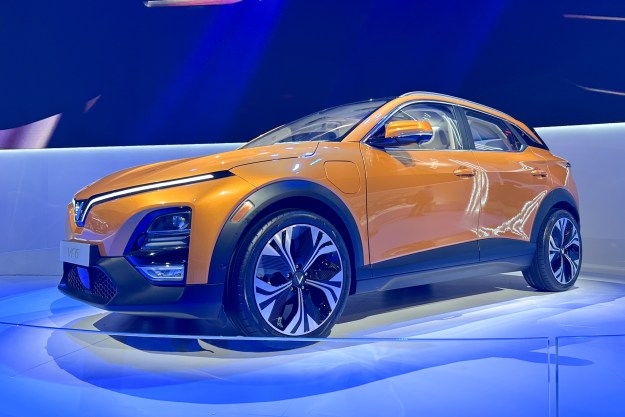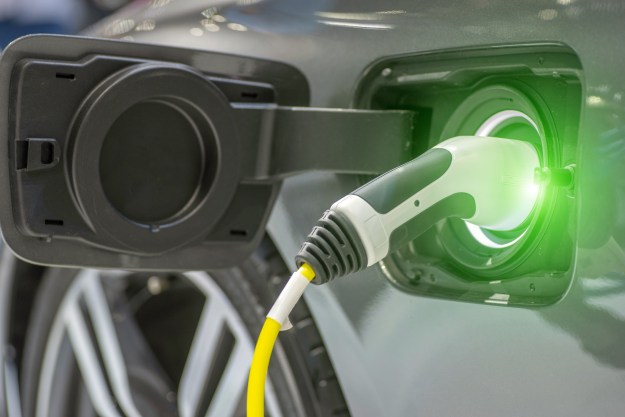
When Norway’s original EV incentive plan was introduced in 2013, the deal was that the purchase of an EV would involve no vehicle taxes or value added tax (VAT), a tax commonly added to goods bought and sold in the European Union. In Norway, the VAT on cars is a hefty 25 percent. The original plan was for the incentives to extend only to the first 50,000 electric vehicles purchased — that way early adopters would get a boost but the government wouldn’t lose out on a sizable revenue source in the long term.
In September, 2016, 28.8 percent of new car sales in Norway were EVs (not including hybrids), and electric vehicles have an overall 19 percent market share. Both figures far exceed those of any other country. EV sales are continuing at such a high rate the total number is expected to exceed 100,000 vehicles by the end of 2016. The incentive program as originally set should therefore be over. But that’s not going to happen.
Norway is focused on reducing vehicle emissions for cleaner, healthier air. The country’s faster-than-expected EV adoption rate gives it a reasonable chance of meeting its emissions goals, especially if it can reach 100 percent all-electric new car sales by 2025. In support of that ambitious plan, the VAT exemption will remain in place until 2020.
One justification for the incentive extension is that more affordable all-electric cars are coming but haven’t been available so far. The Tesla Model 3 and the Chevy Ampera E (the European version of the Bolt EV) are both on the horizon. Those who opposed continuing the EV incentive argued it only helped wealthy people who could afford Teslas (which comprise 14 percent of Norway’s EVs at this time).
As other countries including the U.S. consider adding or extending financial incentives to support all-electric vehicle purchases, Norway’s example shows that generous incentives work.
Editors' Recommendations
- EV warranties aren’t like those for non-electric cars. Here’s what you should know
- Affordable is not enough. Here’s what Chevy’s new Bolt needs to nail
- What are the different types of electric car chargers?
- How much does an electric car battery cost?
- 10 electric cars with the longest range




